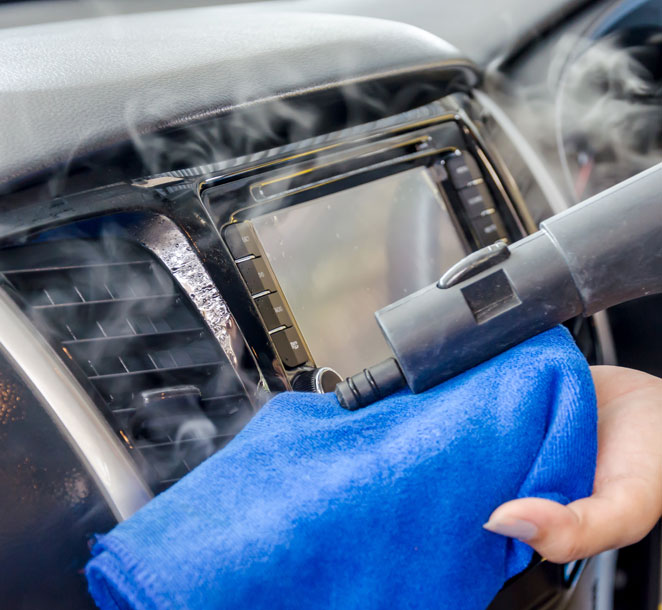
Is It Safe To Flush Auto A/C Systems?
Flushing is a popular method for eradicating both solid contaminants and aging oil from the air conditioner. This procedure is regularly performed by mechanics around the country, and it is best done when the A/C is either dirty or the compressor must be replaced. Below is an overview of the safety factors involved when you flush auto A/C systems.
Why Flushing Is Important
Most mechanics will tell you that flushing is the only real option for eliminating most of the contamination, oil and debris which is present in the system. For the past twenty five years most professionals have relied on mineral spirits and R-11, and more recently have transitioned to HFCF-141b for flushing. The solvent you choose to use is extremely important, as it plays a key role in safety.
There are risks involved with this procedure. This is one of the reasons why most OEM manufacturers don’t recommend it. If you’re going to do the procedure yourself, then you need to carefully review the safety sheet regarding the flushing solvent. If the solvent comes into contact with your skin or eyes, the damage can be severe and permanent. Furthermore, flushing should always be performed in an area that is ventilated well, because even fumes which are non-hazardous will displace oxygen. Always take the recommended precautions to contain and manage the solvent so that it isn’t blown through your components, and don’t even think about performing this procedure without wearing safety gloves and goggles.
R-11 Versus R-113 Solvent And Mineral Spirits
Both R-11 and R-113 are solvents which are CFC based. However, although the older R-11 works well, some have reported that the vapors gave them trouble. This is why the vehicle should be flushed in an area with lots of ventilation (preferably outside).
Flushing can also be performed using mineral spirits. However, most of them are not recommended or approved by either after market or OEM manufacturers. One reason is because mineral spirits often void the warranty, but another is that they are quite flammable. They also evaporate slowly which means that some could be left behind inside the system. Flush solvent which is residual is known to damage A/C systems due to contamination. Therefore, it is not recommended to incorporate mineral spirits for flushing because of the many issues involved with their usage.
Using HFCF-141b For Flushing
HFCF-141b, which is also known as Dura 141, is a newer flushing agent which is recommended by many aftermarket air conditioning suppliers. Unlike mineral spirits, it is nonflammable, and is so safe in fact that it is used for the flushing of electrical components. Many experts believe that it will ultimately phase out the solvents R-113 and R-11 partly due to its reduced impact on ozone depletion. However, you don’t want to flush via accumulators, compressors, or control valves that could trap it. The reason for this is because flushing with pressures that are elevated might not provide sufficient liquid contact among the components and solvent.

